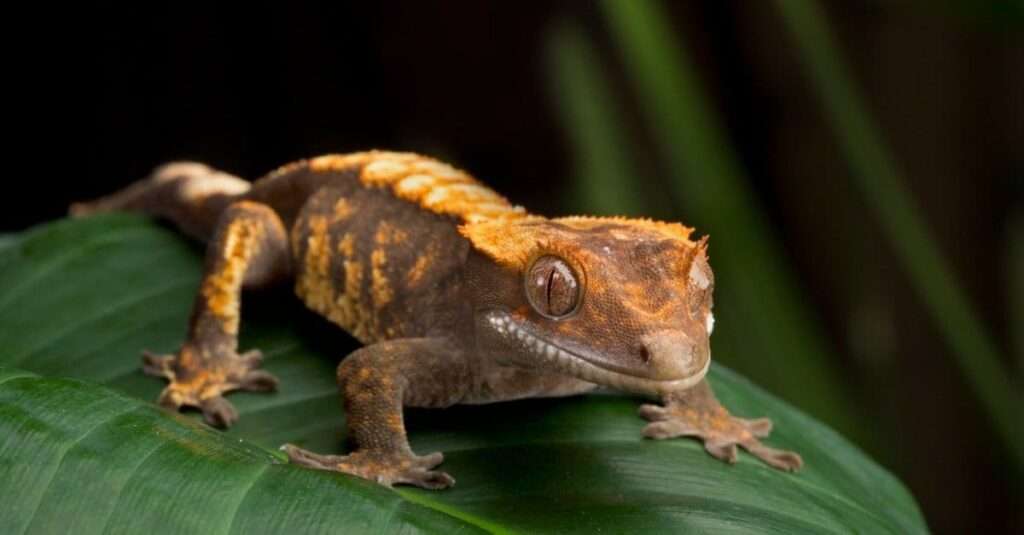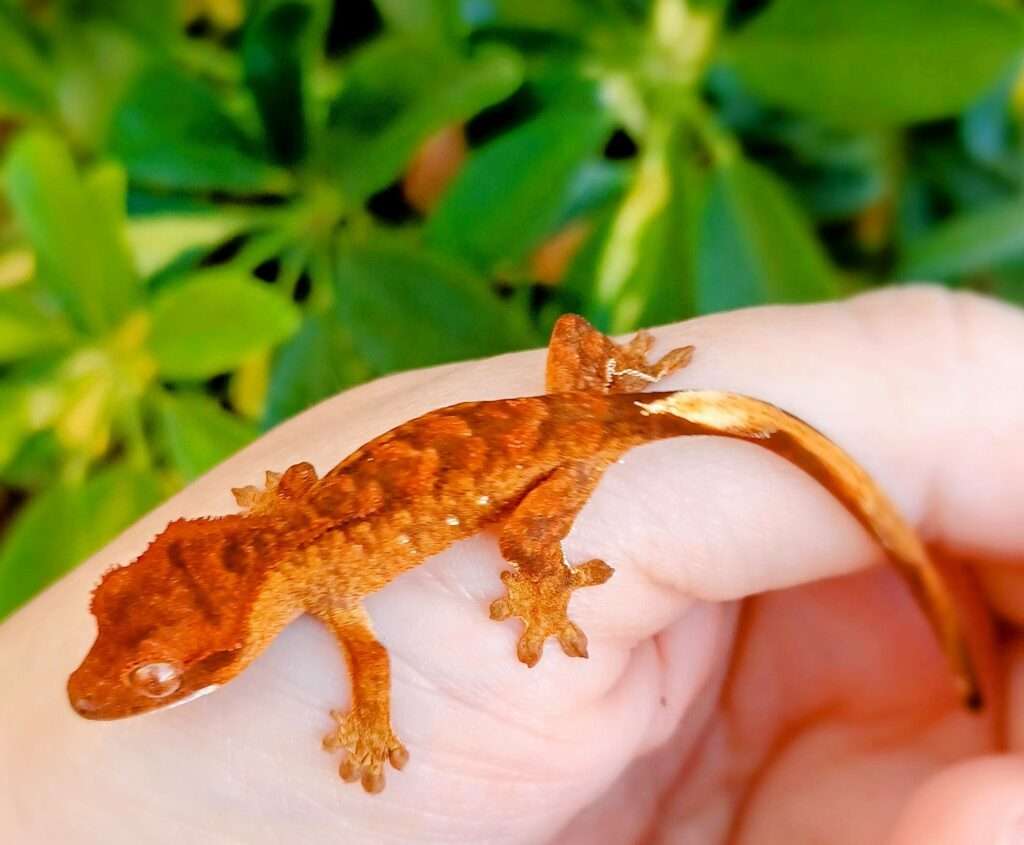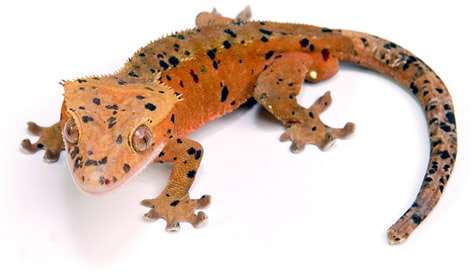
Description:
Scientific name: Correlophus ciliatus
Life span: 15-20 years
A species of gecko that is indigenous to southern New Caledonia is the crested gecko, often known as the eyelash gecko (Correlophus ciliatus). The hair-like projections over the eyes of these geckos, which closely resemble eyelashes, are among their most unique characteristics. The projections continue as two rows of spines that extend from the base of their tail to the sides of their wedge-shaped head. Eyelids are absent in crested geckos. Instead, each eye is kept moist by a transparent scale, or spectacle, and the geckos use their tongues to wipe away dirt.
Native Region/Habitat
The crested gecko is exclusive to New Caledonia’s South Province. There are three distinct populations: one that can be found on the Isle of Pines and nearby islets, and two that can be found on Grande Terre’s main island. A protected provincial park called Blue River is home to one colony, and Mount Dzumac is home to another one that is located further north. They are common in many tropical regions.
Behavior:
Although crested geckos are nocturnal, they typically spend the daytime in safe spots among tall trees sleeping. Being omnivores, crested geckos will eat a range of insects, fruit, nectar, and pollen as the opportunity arises.
Crested geckos are normally methodical animals that navigate their surroundings with care and caution. They may occasionally hop from one perch to another or pounce on a cricket, but most of the time they quietly cling to their favourite perch inside the enclosure.
Care As a pet/In captivity:

Tank: Crested geckos prefer glass aquariums because they like to climb on smooth surfaces. Tanks with a 20-gallon capacity that are four to six feet high are ideal:
- Glass tank is a tank type.
- A 20-gallon tank.
- No lighting.
- Soil is a substrate.
Hatchlings and young animals can live in 10-gallon containers, but they should be transferred to larger containers by the time they are a year old.
Crested geckos naturally hide during the day because they are nocturnal animals. They should have little trouble finding objects and hiding spots, including trees, plants, branches, logs, leaves, and egg cartons.
Temperature: Their tank needs to be kept at roughly 75°F, which is slightly warmer than room temperature compared to typical geckos.
Humidity: The ideal humidity range for crested geckos is between 50 and 70 percent. Get a hygrometer (humidity gauge) and check the levels every day. Regular sprinkling with warm, filtered water can increase humidity. You might need to spritz your cage a few times a day to maintain a high level of humidity, depending on how it is set up. At night, when the geckos are most active, always keep the cage well-misted.
Diet: Your gecko needs a healthy, balanced diet. It’s crucial that you feed fruits and insects alike. This will stop nutrient imbalances and calcium deficiency, which could cause problems like metabolic bone disease. A variety of fruits and insects are consumed by this species of gecko, which is an omnivore. A couple of times every week, they will come out of hiding to feed.
Table





